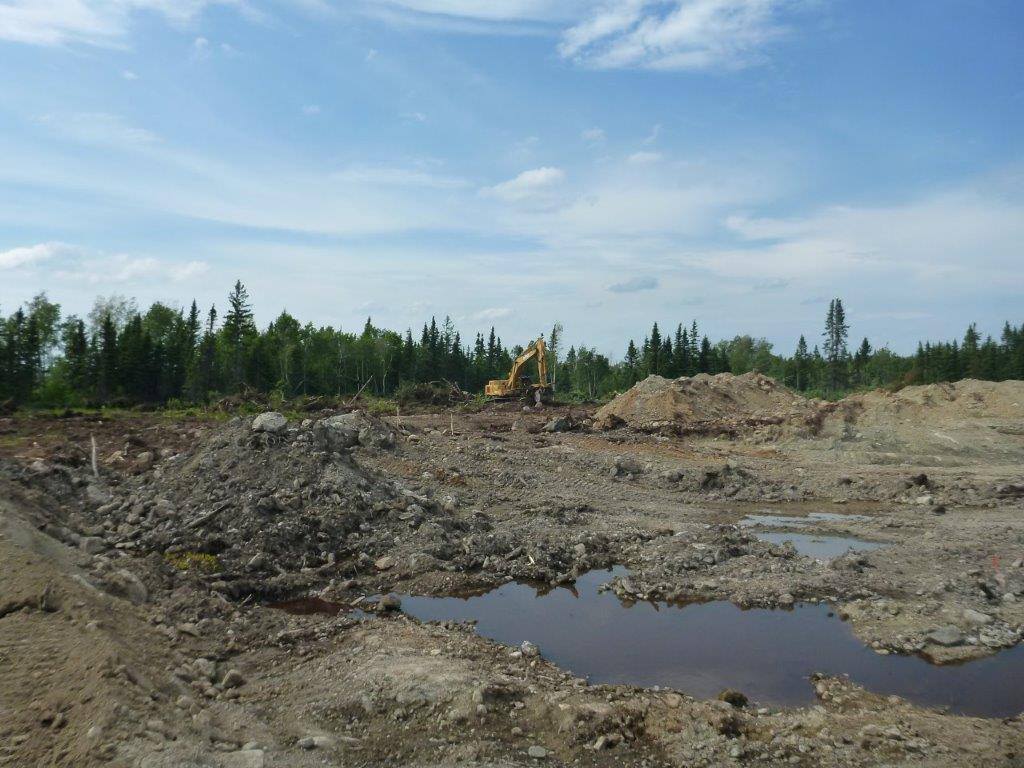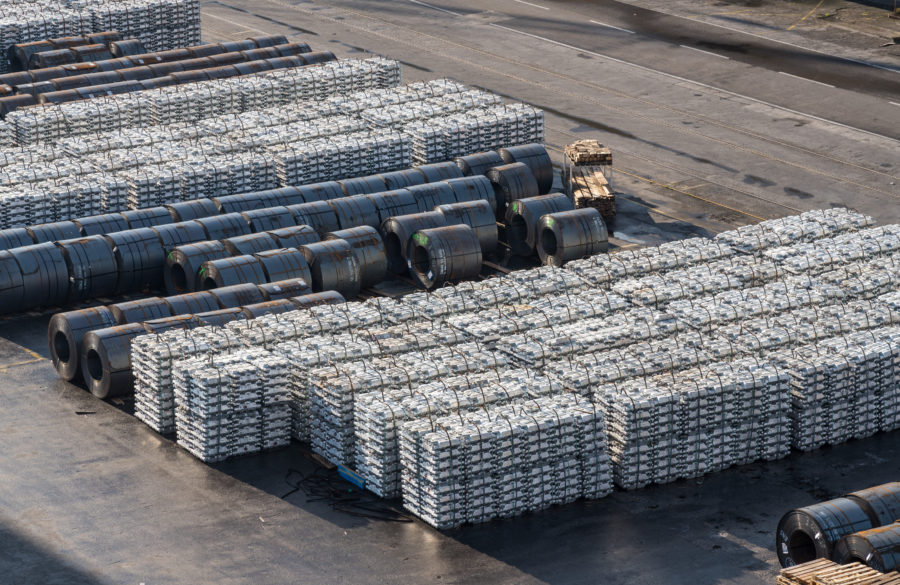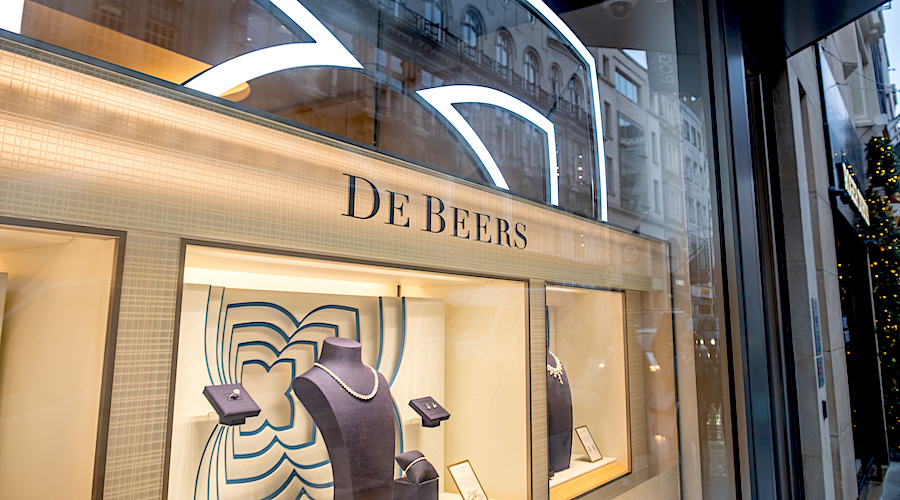Granada receives 10-year mine lease extension

Granada Gold Mine (TSXV: GGM), which is developing a mine of the same name near Rouyn-Noranda, Quebec, says its mining lease BM852 was renewed for another 10 years, until 2030. The lease covers part of the current resource in the past-producing mine. The renewal keeps the current 26 permits in good standing for mining and ore shipment.
The ore that is being shipped to a custom mill is 500 tonnes from a bulk sample taken where diamond rill hole GR-19-A intersected 11.56 g/t gold from surface to 33 metres down hole. The sample includes an additional 900 tonnes of low grade waste from the same area.
A subsequent 1,200-kg mineralized sample was taken over a 3-metre strike length and assayed 55.6 g/t native gold.
Granada has also sent a 100-kg sample to Gekko in Australia to test whether it can be upgraded using in-line pressure jigs. The technology has the potential to pre-concentrate low grade ore, and it may be useful in treating ore from the mine.
Granada president and CEO Frank J. Basa said in a release, “Based on results from this bulk sample and the Gekko pre-concentration test results, the company may rethink the resource grades and return to the original 43-101 historical in situ mineral resources of 946,000 oz. gold at 1.02 grams per tonne measured, 659,000 oz. gold at 1.09 g/t indicated and 1,033,000 oz. gold at 1.07 grams per tonne inferred. A cut-off grade 0.4 grams per tonne gold was used.”
The resource estimate made in January this included year both pit and underground blocks. In the potential pit there are 5.1 million measured and indicated tonnes averaging 2.06 g/t gold for 339,000 contained oz. and 34,000 inferred tonnes at 11.29 g/t for 12,000 contained oz. Underground there are 844,000 measured and indicated tonnes averaging 4.03 g/t gold for 109,000 contained oz. and 1.2 million inferred tonnes at 6.33 g/t for 253,000 oz.
The Granada mine produced 51,476 oz. of gold in the 1930s from ore grading 9.7 g/t gold.
(This article first appeared in the Canadian Mining Journal)
More News
Column: Europe’s future metals strategy hindered by current crisis
Chinese over-capacity and high energy prices have accelerated the long-term decline of European steel and aluminum production.
March 29, 2025 | 02:25 pm
Anglo starts talks with banks on possible De Beers IPO
Anglo is pursuing a dual-track process in its effort to exit De Beers by trying to find a buyer for the struggling business.
March 28, 2025 | 12:19 pm
{{ commodity.name }}
{{ post.title }}
{{ post.excerpt }}
{{ post.date }}



Comments